Solanum Nigrum: [Characteristics, Cultivation, Care and Disadvantages]
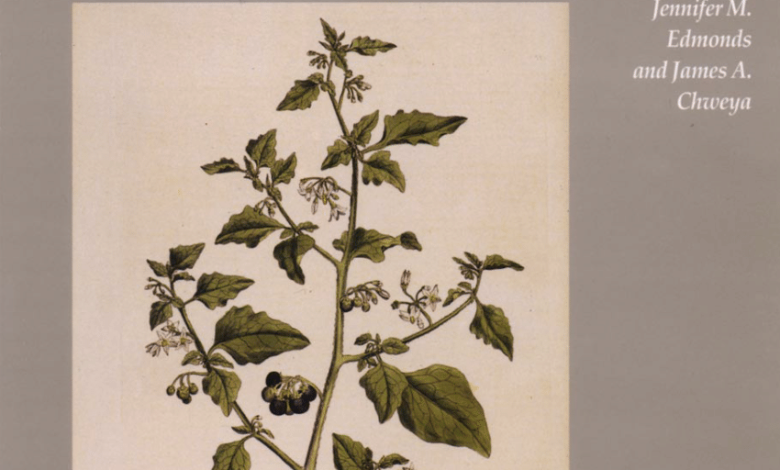
Important points when sowing Solanum nigrum:
- When? The solanum nigrum plant can be sown during the spring. Some experts recommend planting during any time of the year when suitable conditions are available.
- Where? Solanum nigrum is a plant that thrives anywhere: gardens, patios, cultivated land, dirt piles, vacant lots, and shorelines.
- How do we water? The irrigation of the solanum nigrum must be moderate, but without flooding.
- How often do we water? Solanum nigrum is not demanding when it comes to watering, but its seeds must be hydrated before sowing and then apply moderate watering.
- What care does it require?As it is a wild plant, solanum nigrum does not require much care for its development. However, it is a toxic plant so some precautions must be taken.
- What pests and diseases affect you? Solanum nigrum is not affected by pests or diseases because it is very hardy and toxic. But during the beginning of the crop it can be attacked by insects, fungi and nematodes.
What characteristics does the solanum nigrum plant have?
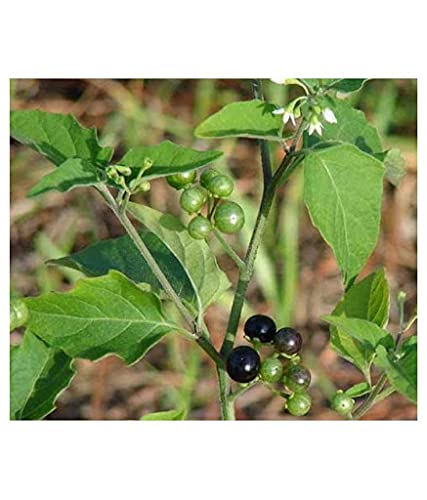 Solanum nigrum is the scientific name of the plant known as nightshade or wild tobacco, it is herbaceous, perennial and belongs to the nightshade family.
Solanum nigrum is the scientific name of the plant known as nightshade or wild tobacco, it is herbaceous, perennial and belongs to the nightshade family.
It has its origin in South America and is a wild plant, dark green in color that does not attract much attention and grows anywhere in the world.
It is a plant that can reach 1.5 to 3.5 meters with an ascending stem, erect, branched, glabrous or provided with curved or upright villi.
The roots of solanum nigrum are pivoting and generally do not go deep into the ground, only between 10 and 20 cm in loamy soils.
Its leaves are large, lanceolate and alternate, acuminate at the apex, entire to sinuous-toothed at the margin. Solanum nigrum flowers have a calyx 1 to 3 mm long, white or purple corolla, sometimes white with a purple center, 3 to 10 mm long.
The fruit of the plant has a globose shape, green and black in color when ripe, measures 4.5 to 7 mm in diameter; with lenticular seeds, 1 to 1.5 mm. The inflorescences grow laterally with the shape of an umbel or top and with pedicels up to 10 mm long. It blooms during the months of August to November.
It is a species that is related to the tomato (lycopersicum) and the aubergine (melongena). Solanum nigrum has been used as a poultice for weeping wounds and to treat infections with a mixture made from its dried leaves.
The plant can be very toxic depending on soil conditions, since it contains solanine, which is an alkaloid that the plant uses for its defense. It also contains flavonoids, alkaloids, tannins and coumarins, of great biological and pharmacological interest due to its analgesic, antipyretic and dermatological applications.
It is a very appreciated plant in Mexico and there it is well known by the name of tomatillo or devil’s tomatillo. In Greece they consider the solanum nigrum as a very nutritious vegetable and consume the leaves after boiling them very well for several hours.
In agriculture, solanum nigrum is also used to make insecticides for plants.
When to sow solanum nigrum?
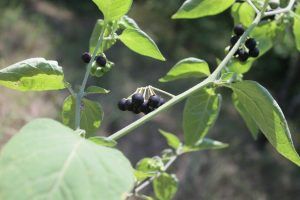 The solanum nigrum plant can be sown during the spring. Some experts recommend planting during any time of the year when suitable conditions are available.
The solanum nigrum plant can be sown during the spring. Some experts recommend planting during any time of the year when suitable conditions are available.
During rainy periods, sowing of solanum nigrum should be done in mid to late May.
Where to plant solanum nigrum?
Solanum nigrum is a plant that thrives anywhere: gardens, patios, cultivated land, dirt piles, vacant lots, and shorelines. The plant grows wild in pastures and coffee plantations and in humid areas.
How do we water solanum nigrum?
The irrigation of the solanum nigrum must be moderate, but without flooding.
How often do we water the solanum nigrum?
Solanum nigrum is not demanding when it comes to watering, but its seeds must be hydrated before sowing and then apply moderate watering. Farmers suggest irrigation every four or five days for the duration of the crop cycle.
How to plant a solanum nigrum step by step?
The solanum nigrum plant can be sown directly into the ground, garden plots or greenhouses. The seeds can also be reproduced in seedbeds, on boards and in ridges.
- Select solanum nigrum seeds or use a base of crushed very ripe fruits from which many seeds come out.
- Soak the solanum nigrum seeds very well so that they are well hydrated.
- Fill a pot or container with universal substrate and add completely decomposed organic matter to help seedling development.
- Water with plenty of water.
- Locate in full sun.
- Transplant when the plant reaches a good size and it is recommended to do it in the morning or in the cool hours of the day.
What care does the solanum nigrum need?
As it is a wild plant, solanum nigrum does not require much care for its development. However, it is a toxic plant so some precautions must be taken.
It is not demanding with the type of soil, since it is a plant that develops in any terrain. But it prefers clayey to sandy loam soils with a high content of organic matter, where it can reach optimum development.
It is a species that adapts to very diverse agroecological conditions, ranging from near sea level to more than a thousand meters high. The cultivation of solanum nigrum needs good light and direct sunlight.
It develops very well in temperatures between 25º C and 30º C. It is a plant that grows very well in areas with rainfall between 500 and 1,200 millimeters per year.
Weed control is necessary so that the cultivation of solanum nigrum can develop well and with successful results. Use biosafety measures to deal directly with the plant, especially gloves because it can cause some skin problems.
What pests and diseases affect solanum nigrum?
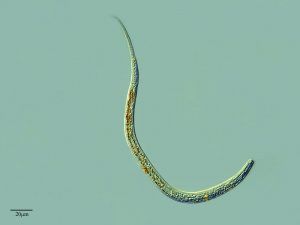
Solanum nigrum is not affected by pests or diseases because it is very hardy and toxic. But during the beginning of the crop it can be attacked by insects, fungi and nematodes.
Experts recommend that the seeds and cultivation of solanum nigrum be treated with fertilizers before planting to prevent disease.
When the appropriate controls are not exercised, the plant can be attacked by fungi such as: (Rhizoctonia solani), (Pythium sp) and (Fusarium sp). Solanum nigrum leaves can also be attacked by a very common fungus species of the Cladosporium type.
verticillium wilt
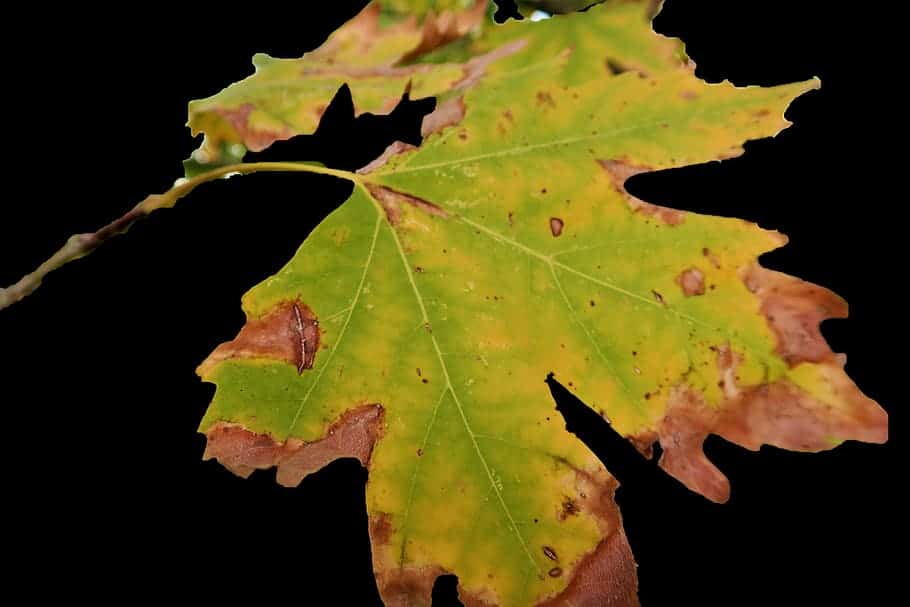 Verticillium or Verticillium wilt is a common soil fungus that thrives in temperate climates around the world and can be present in the soil for decades.
Verticillium or Verticillium wilt is a common soil fungus that thrives in temperate climates around the world and can be present in the soil for decades.
Verticillium wilt overwinters in the soil as dormant mycelium or tiny dormant black structures called microsclerotia, waiting for favorable conditions to return.
They enter damaged plant tissue through the roots and multiply. Many common weeds, such as dandelions and weeds, can be Verticillium host species.
Verticillium wilt is a disease that affects more than 350 species of eudicolous plants. It is caused by six species of Verticillium fungi: Verticillium dahliae, Verticillium albo-atrum, Verticillium longisporum, Verticillium nubilum, Verticillium theobromae, and Verticillium tricorpus.
Many plants with significant economic weight are susceptible, such as cotton, tomatoes, potatoes, oilseed rape, aubergines, peppers, and ornamental plants, as well as others in natural vegetation communities.
Many species and cultivars of eudicots are resistant to the disease, and all monocots, gymnosperms, and ferns are immune. To know more: Verticillium wilt in the Orchard: What is it? How do we identify it?
Bibliographic references
- Phytochemical composition of the stems and leaves of the species Solanum nigrum L. that grows in Cuba, LC Huerta, YR Carbonell, JÁM León – Revista Cubana de planta …, 2013 – medigraphic.com
- CYTOLOGICAL CHARACTERIZATION IN Solanum nigrum L, AB Andrada, NM de Andrada, A del Valle Pastoriza – Agro Sur, 2003 – revista.uach.cl
- Antifungal activity of the aqueous extract of the nightshade plant (solanum nigrum) on strains of candida albicans ATCC® 10231 ™ ”. In vitro study, C Tetamuez, M Carolina – 2018 – dspace.uce.edu.ec
- Plant height as a determining factor in competition between Solanum nigrum L. and tomato and pepper crops, C Zancada, ML Salas, RG Ponce… – …, Huesca 14, 15 and 16 of …, 1995 – dialnet. unirioja.es In vitro study of the inhibitory effect of nightshade extract (Solanum Nigrum) on Streptococcus Mutans, LG Escobar Vega – 2017 – dspace.uce.edu.ec

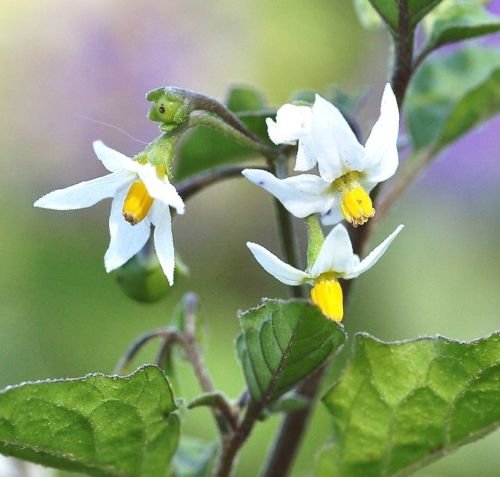
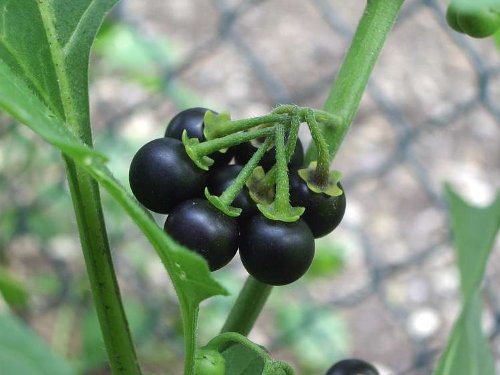
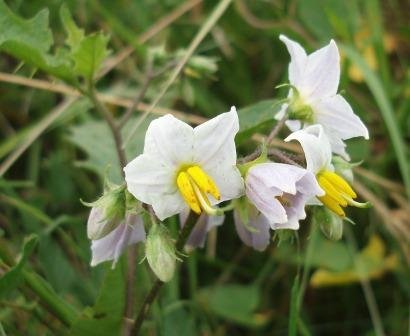
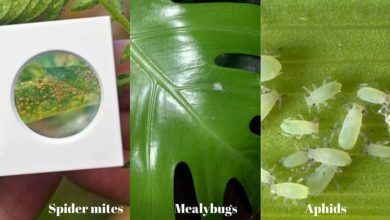
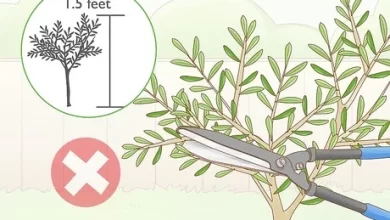
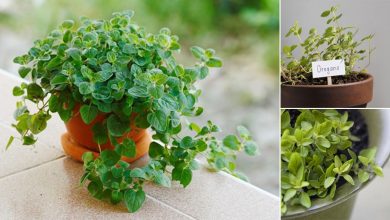
![Photo of El Tajinaste: [Planting, Care, Irrigation, Substrate, Characteristics]](https://www.complete-gardening.com/wp-content/uploads/2021/06/tajinaste_1605872904-390x220.jpg)